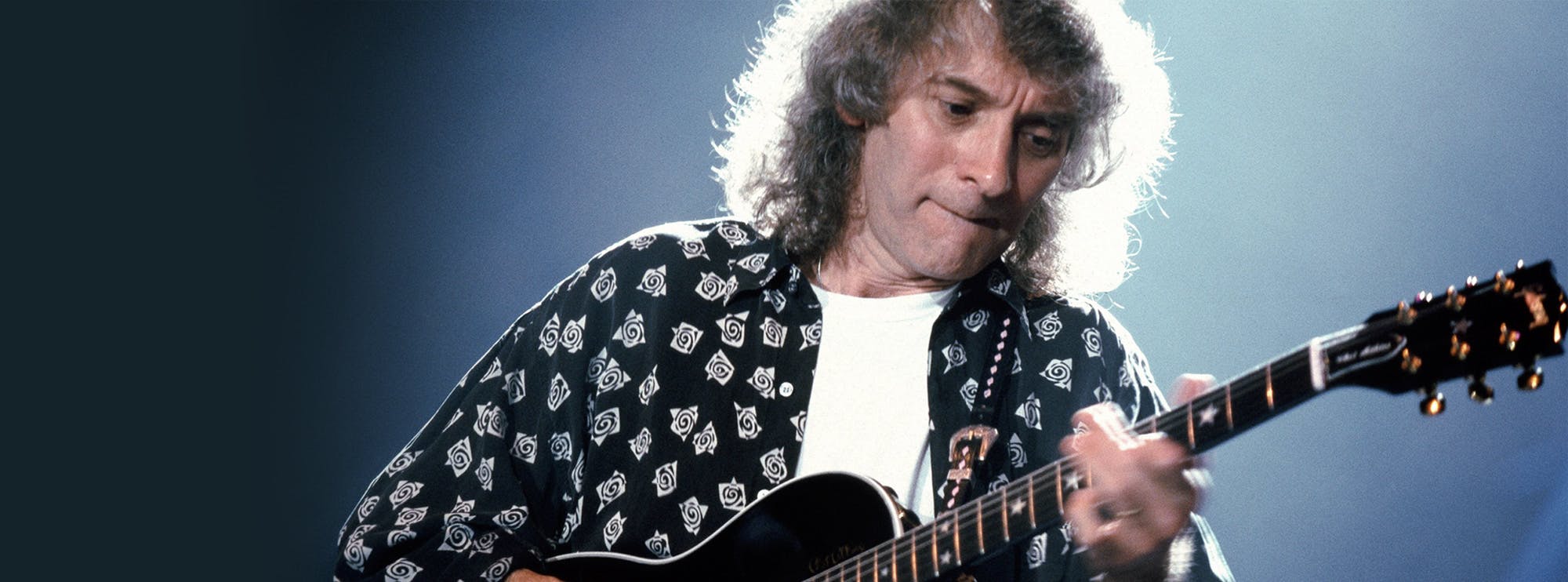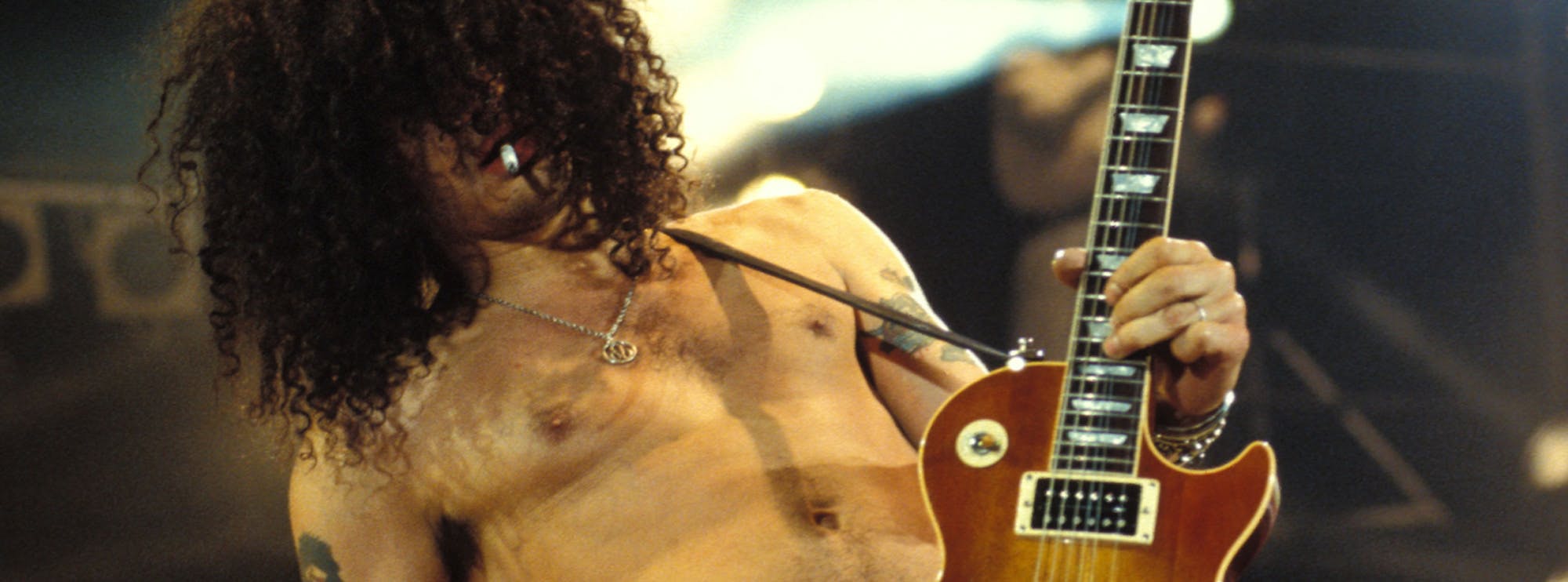Hello Mary Lou - Ricky Nelson
Learn to Play "Hello Mary Lou" Note for Note
Ricky Nelson’s "Hello Mary Lou" is a rock and roll classic that blends catchy melodies with dynamic guitar work. Originally released in 1961, the song is known for its bright and punchy chord progressions, smooth melodic lines, and rhythmic drive. This note-for-note lesson at LickLibrary.com teaches you how to master every nuance of the song, from its signature riffs to the subtleties of its technique-driven guitar parts.
In this lesson, we focus on the essential techniques that define the sound of "Hello Mary Lou." These techniques not only help in recreating the authentic feel of the song but also enhance your overall guitar playing, improving both your dexterity and musicality. Lee Hodgson breaks down this classic track in this exclusive Lick Library video tutorial.
Guitar Techniques in "Hello Mary Lou"
Chord Progressions
The foundation of "Hello Mary Lou" is its upbeat chord progression, which drives the song forward and establishes its harmonic structure. Learning these progressions enhances your understanding of song composition and strengthens your rhythm playing.
Double Stops
The track prominently features double stops, a technique where two notes are played simultaneously, creating a fuller, richer sound. Mastering double stops improves your ability to add harmonic depth to your playing and can be applied across multiple genres, from rock to blues and country.
Slides
The lead lines incorporate slides, which create smooth transitions between notes. This technique helps in adding expressiveness to solos and can be used to create a more fluid, vocal-like quality in your lead playing.
Hammer-Ons & Pull-Offs
Fast melodic phrases in the song make use of hammer-ons and pull-offs, allowing for seamless note articulation without excessive picking. Practicing these techniques helps in building finger strength and fluidity in lead guitar lines.
Hybrid Picking
Some sections of "Hello Mary Lou" benefit from hybrid picking, where a pick is used in combination with fingers to pluck the strings. This technique increases speed and versatility, allowing for greater control over dynamics and articulation.
String Bending
Tasteful string bends add a vocal-like quality to the melody, enhancing emotional expression. Mastering bends ensures greater control over pitch and helps in developing a more expressive lead guitar style.
The Guitar Players Behind "Hello Mary Lou"
"Hello Mary Lou" is most notably remembered for its distinctive guitar work, played by the legendary James Burton. Burton, one of the most influential rockabilly and country guitarists, was known for his clean, precise technique and innovative use of chicken-picking and double stops. His playing on "Hello Mary Lou" helped shape the rock and roll and country sound that inspired countless guitarists, including Eric Clapton, Mark Knopfler, and Keith Richards.
Burton's influence extends beyond this song, as he became a staple guitarist for Elvis Presley in the late '60s and '70s. Learning his techniques from "Hello Mary Lou" provides insight into his signature style, helping guitarists develop a more dynamic and expressive approach to playing.
Guitar Techniques Covered in This Lesson
By learning "Hello Mary Lou" note-for-note, you not only add a timeless rock and roll hit to your repertoire but also develop essential guitar techniques that will enhance your playing across multiple styles. Get started with this lesson at LickLibrary.com and bring the spirit of James Burton’s iconic guitar work into your own playing!
About The Tutor
Tutor Profile
Lee Hodgson
"Lee's contribution here at LickLibrary is a masterclass in classic guitar playing, from Hank Marvin to Simon & Garfunkel, but that certainly isn't the limit of his skills. In reality, Lee is one of the most technically able country guitar players we've ever seen, in fact his book ""Hot Country""...



